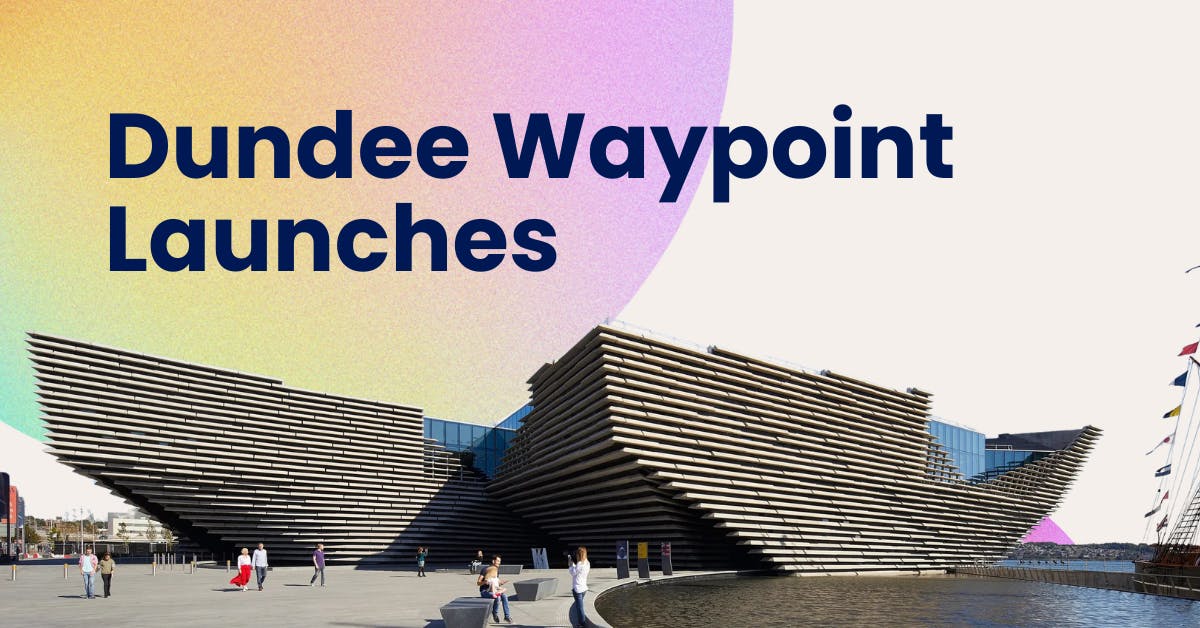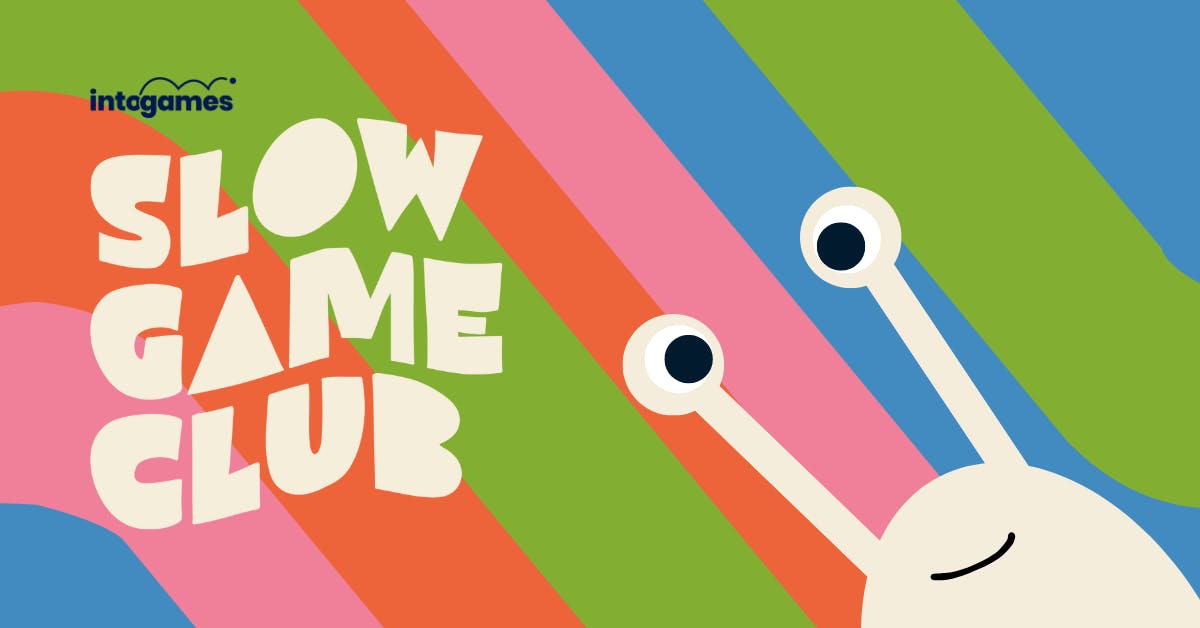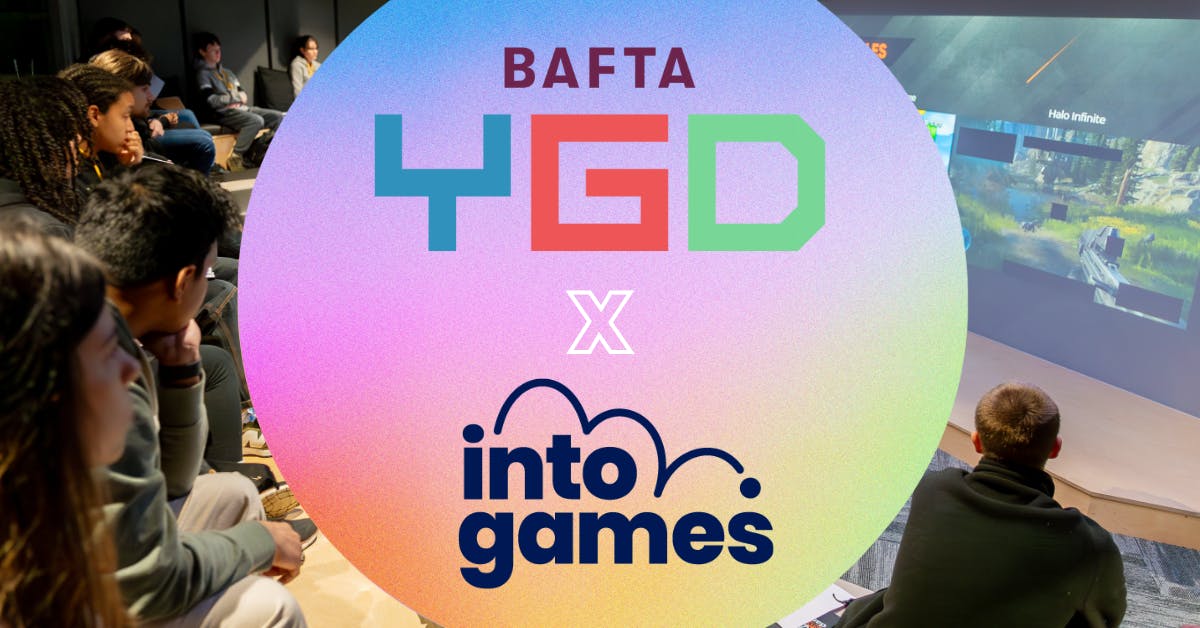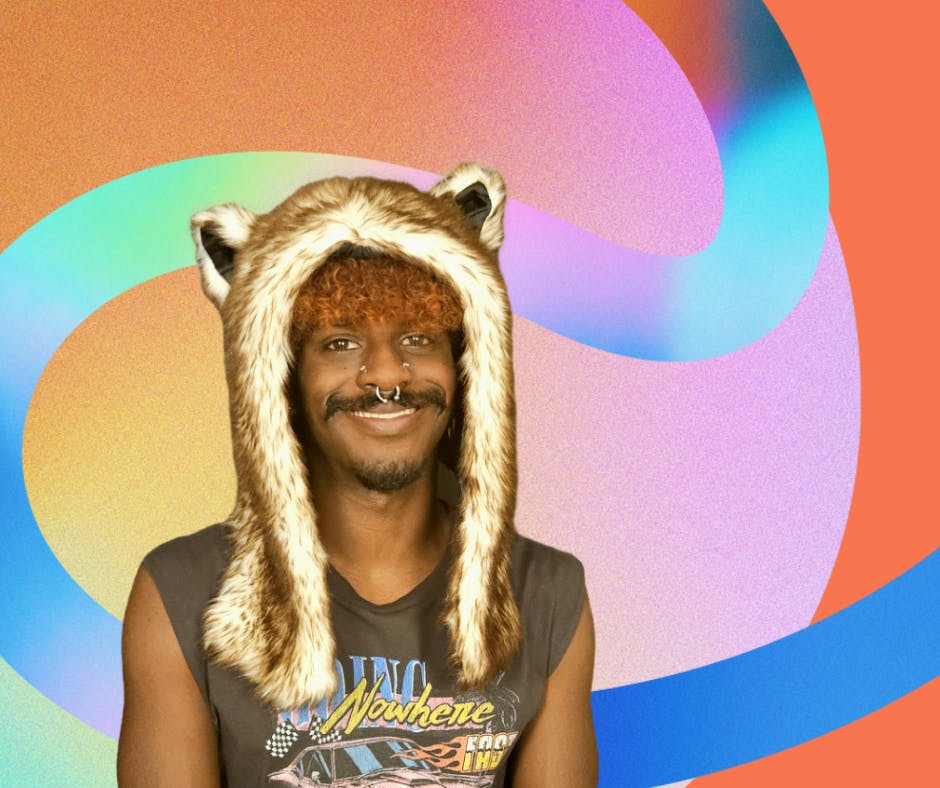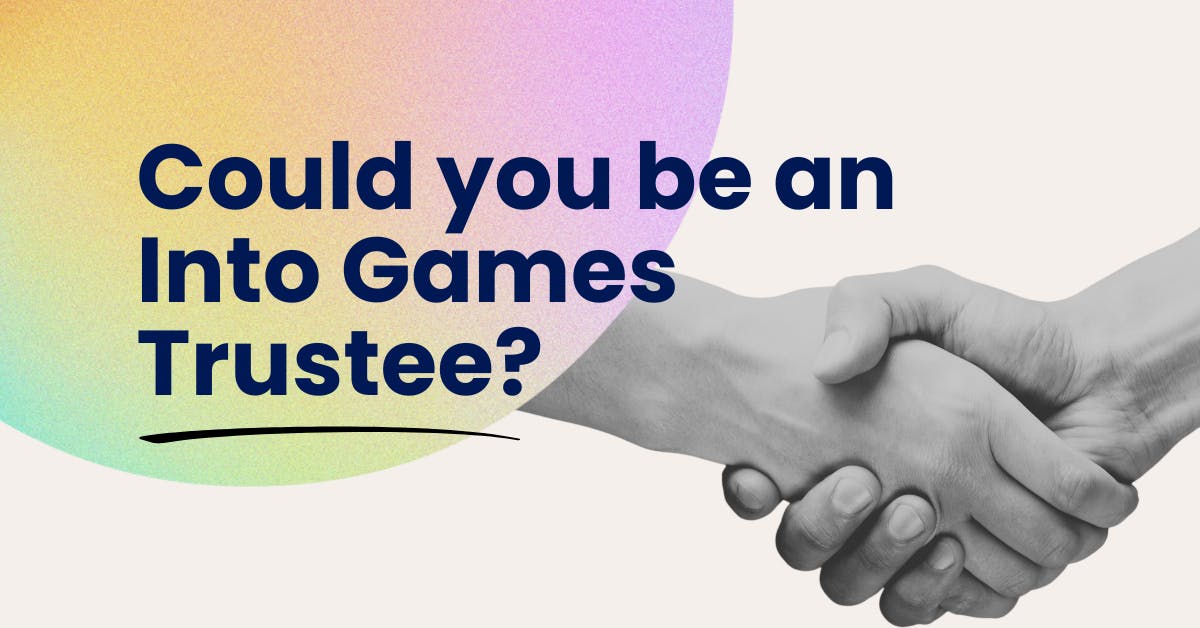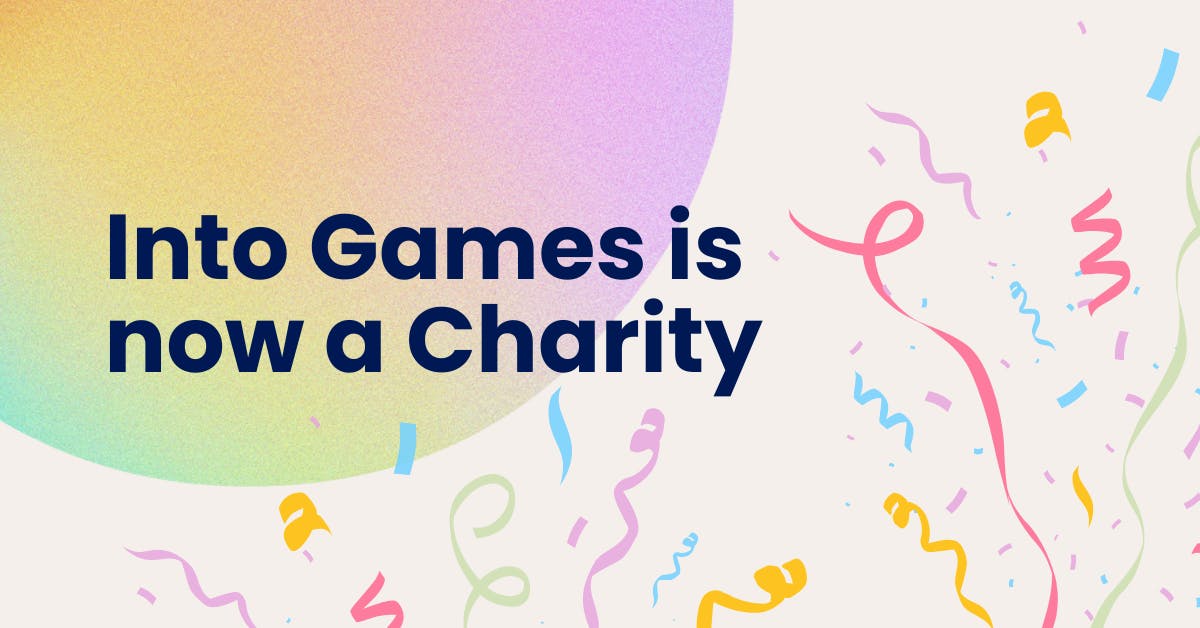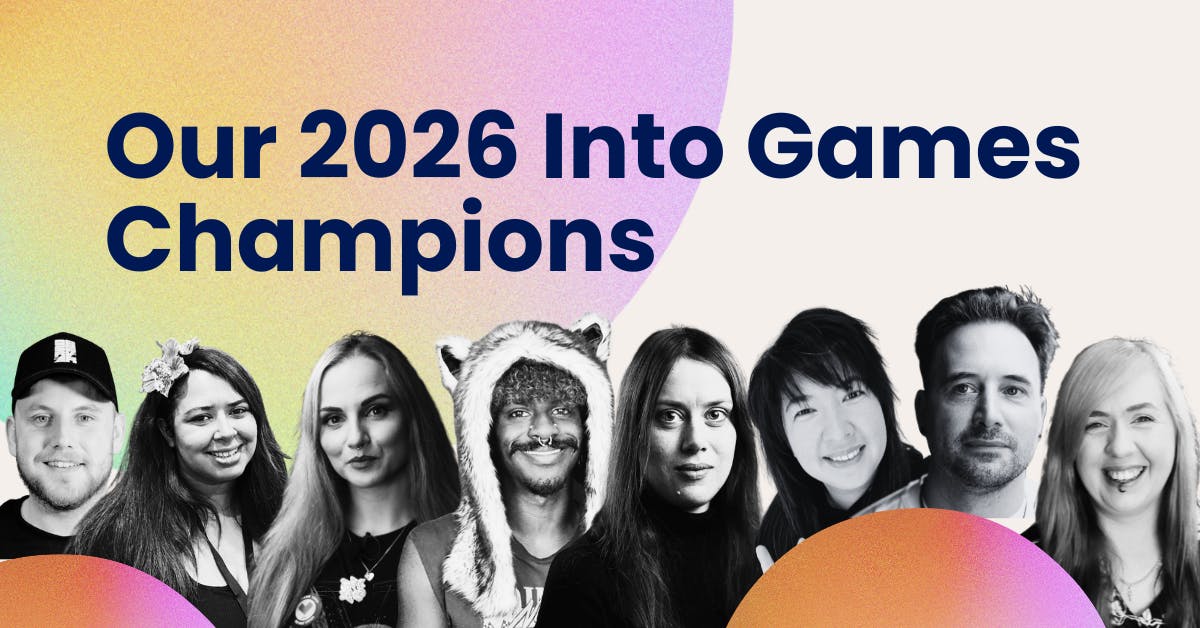
25 August 2020
What does a Concept Artist in games do? Interview with Mel Cummings

Mel Cummings began her creative career by following her enthusiasm for car design, earning a degree in transport design. It was only after an important discovery in the library, she realised she could combine all her talents and passions into a dream job in the games industry. Fast forward to today and Mel is a successful Freelance Concept Artist and has helped to release big titles including Lego Marvel Avengers, Lego Dimensions, Lego Star Wars, Honor and Duty: Steampunk and a whole host of indie titles. We asked Mel, some key questions about getting into the games sector.
Explain your role like I'm 5 years old
A concept artist creates designs that help to show the style, look and feel of a game. This usually involves creating characters, environments, vehicles, weapons and other objects you might find when playing. It normally starts with being given some words and sometimes pictures. Then you use your imagination and creative thinking to come up with something new and exciting using drawings or paintings.
Take us through your average day at work
Being a freelancer, my days can vary depending on what I'm working on and how far along in the process I am. Generally, my days involve a lot of drawing and design thinking. Most of my time is spent working on concept art for games, but I also work creating concept art for people who want custom car designs for building in real life. If I was starting to design something new, I will spend the beginning of the day doing research to find images that set the mood and have elements that may inspire what it is I'm designing. I really enjoy this stage as it's normally when I learn and discover lots of new things.
I'll then spend the rest of the day doing lots of small quick design sketches either in my sketchbook or on the computer. At this point I just want to get lots of ideas out and not worry so much about making them pretty. I'm thinking carefully about function and form so that the designs are not just random shapes. Music really helps me think at this point, so I usually listen to something with no words, like movie or game soundtracks.
When I'm further along in the design process, my day is spent refining and developing designs that have been chosen by my client and myself. At this point, I'm normally working away in Photoshop and might have a rough 3D model that I'm drawing on top of to create lots of different design variations. I'm still doing a lot of design exploration at this stage, so I stick with music with no lyrics to help me think. At the last stages of a project, my days will be focused on one chosen design that's been refined through the earlier stages. Here I'll be creating a couple of design sheets that tell the 3D artists and other team members everything they need to know about the design and how it works. Everything is pretty much figured out design wise at this stage, so I usually put on a podcast to help me along to the finish!
What was your educational and career journey into your current role?
Video games have always been a key part of my life. From playing pinball on early Windows computers, to getting my first Gameboy! I had no idea I could work in games as an artist, so I pursued my other passion which is car design. I ended up going to university and studying for a degree in transport design. I really wanted to work for Honda in Japan and was even learning Japanese!
One day, when I was in the university library, I discovered some amazing books by Scott Robertson, Syd Mead and Daniel Simon and a Gnomon design DVD by Feng Zhu. I was completely blown away by their work and even more blown away at the thought of combining my love for design, vehicles and games into a career.
Although I went on to complete my degree, that moment in the library completely changed my career direction. I spent a lot of time after university developing the skills and knowledge that I'd need to pursue a career as a concept artist. It was a really hard time for me because there weren't many learning resources online to help with self-learning and I would sometimes feel like I was making no progress. I applied for a lot of jobs during this time, but I wasn't successful.
Eventually I got a job working as a Quality Assurance Tester at TT Games in Manchester. It was a great opportunity to gain a deep insight into the game development process and work on some really cool games! I managed to work on 3 LEGO titles there and even spent some time working in the VFX department as a VFX Assistant on LEGO Marvel Avengers. I didn't give up working on my art and I continued to build my art skills when I wasn't in work.
I left TT Games to focus fully on art, which opened me up to getting my first freelance job creating custom car concept art. Although this wasn't in games, I was able to get some experience working as a freelancer. After that, the more I started to network online and offline and build my skills, the more I started to get work for different game projects. From designing spaceships to designing robots! Over time, I've worked on lots of indie games with some great clients.
What is the most rewarding thing about your role?
Being a concept artist means that I get the opportunity to spend a lot of time doing what I love - drawing and designing. That for me is a dream even though sometimes it has its challenges! I also love is being able to learn about so many different things in the world and then use them to influence the designs I create. The research stage of a project means you often get to learn about so many new and interesting things. Another thing I love is seeing the design that I help to create finished and in-game. It's quite exciting and motivating to see people enjoying and appreciating something you worked on. Especially when you think about where the design started out in the beginning.
What's the hardest thing about your role?
Our industry moves quite quickly because of technological advances, so it can sometimes be a bit of a challenge to balance learning new software in between major tasks. It's great to keep up with what's being used in the industry, but it can be a bit overwhelming at times. As a freelancer, another hard thing about my role can be having to balance business tasks with design tasks. Sometimes I just want to draw and paint all day, but I have to put my business hat on and do non-design tasks!
What key skills should people work on to do your role one day?
The top skill you'll need to work on is drawing fundamentals. This is learning perspective, form, shape, colour and light, human and animal anatomy. Learning digital design software can come a bit later once you get a firm grasp on basic fundamentals.
You'll also want to work on learning about the world around you. You can do this by reading articles, listening to podcasts, visiting museums and watching documentaries about how things work. Take this one step further by doing drawing studies of different objects. Understand why they work and what makes their design great.
What advice would you give to your younger self looking to get started in the industry?
I'd tell myself to focus on my path and my journey because it's unique to me. Take each day as it comes, one step at a time. Don't be discouraged by the waiting you will have to do to reach your goals. It's what you do in the waiting that counts. See it as preparation and a growth opportunity for what's about to come next.
Do you have any links to good articles or videos that you think might give some tips or advice to someone starting in your role?
Scott Robertson was one of the biggest influences for me and I learnt a lot from his original DVDs. His YouTube and Gumroad accounts contain a wealth of instructional design videos for vehicle design. I have also recommended his books below.
Feng Zhu YouTube Channel: There are a lot of videos on this channel that will support you in studying design. I recommend the earlier videos that cover aspects like expanding your visual library and drawing from reference.
Alphonso Dunn YouTube Channel: Lots of videos to help you get confident at sketching. Also take a look at his book listed below.
Draw-a-Box: A comprehensive and free course to help you learn basic line drawing to complex drawings in perspective.
Ahmed Aldoori YouTube Channel: Some really great videos to help with developing your design skill.
Proko: A great resource for learning anatomy.
Learning Photoshop:
Swatches YouTube Channel
PHLEARN YouTube Channel
Adobe Creative Cloud YouTube Channel
Game Makers Toolkit Learn about the game development process of well known games.
Books: How to Draw: Drawing and Sketching Objects and Environments by Scott Robertson
Pen and Ink Drawing : A simple guide by Alphonso Dunn
How to Render by Scott Robertson
How to Design by Scott Robertson
Stay up to date
It's time to level up your inbox
Pick which newsletters you're interested in receiving, and customise further by specifying a discipline.
Join our mailing listTell me more
